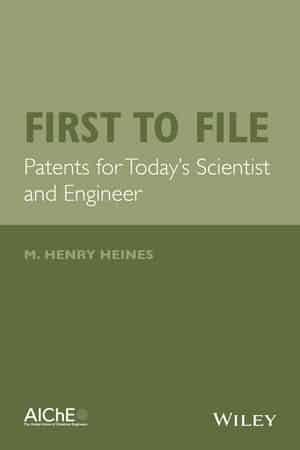
As the title suggests, this book covers patent law from the perspective of post-enactment of the Leahy-Smith America Invents Act of 2011. First up, the book covers the transition by the U.S. to a first-to-file system and delves into just who is first. In a Who’s on First? analogy, Heines takes us through the difference between competing filers (applicants) versus competing inventors.
The examples and figures do a good job of highlighting the important points of the law. The most critical piece is the coverage of canceling prior art and the derivation proceedings process. As pointed out by the book:
Where patent applicants have previously been able to prevail over competing patent applicants as well as eliminate certain prior art by producing laboratory notebook pages, internal memoranda, research reports, and other documentation of an early invention date, the AIA shifted the applicant’s emphasis from this type of documentation to the effective filing date of the patent application… What value then does record keeping still have? It has considerable value…
The 196-page book includes appendices on patent fees, patent searchers, two glossaries, a bibliography, lists of patent applications and legal cases sited and an index.
While not light read for the average scientist or engineer, it certainly provides practical insight into the current state of patent law and practice.
You can get your own copy here: First to File: Patents for Today’s Scientist and Engineer (Wiley-AIChE; 1 edition; October 13, 2014), by M. Henry Heines
About the Author
Author M. Henry Heines is a patent attorney, consultant, and author and speaker on patent-related topics, with a publishing history that includes over sixty articles in technical and legal journals and two books and a third in production, all on patent law for the technical business community. The third book, entitled “First to File: Patents for Today’s Scientist and Engineer,” complements and expands on the first two by incorporating the America Invents Act plus other topics of current and emerging interest supplemented with case histories. In addition to his legal credentials, Henry holds a Ph.D. in Chemical Engineering supplemented by additional coursework in Molecular Biology and Immunology, and has practiced patent law in a wide range of fields including chemistry, chemical and mechanical engineering, laboratory, industrial, and medical equipment, materials science including metallurgy and nanotechnology, and alternative fuels and energy sources. Recently retired from the full-time practice of law, his professional career began with three years as a research engineer with a major chemical corporation, followed by seven years in corporate patent practice and finally 31 years in private practice. Henry’s personal website is www.henryheines.com.


